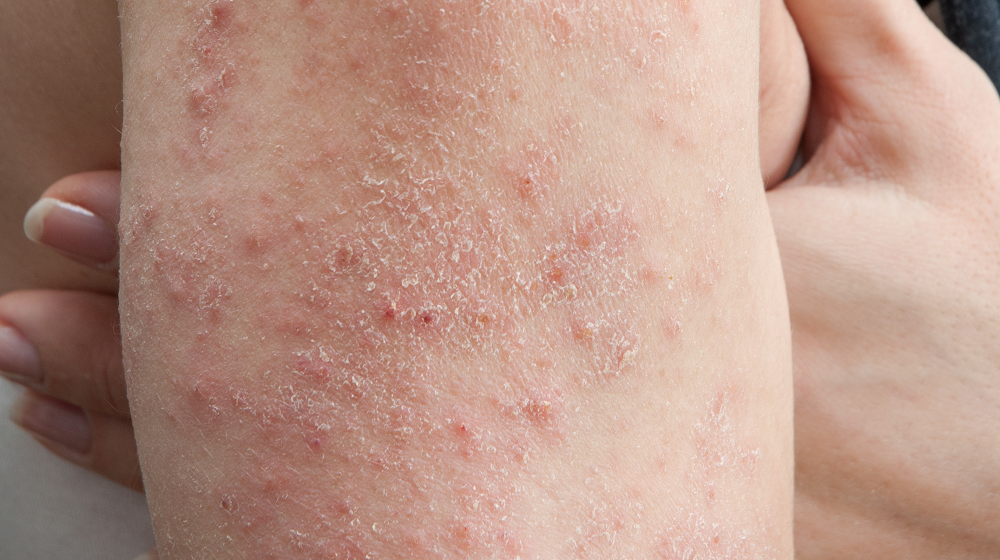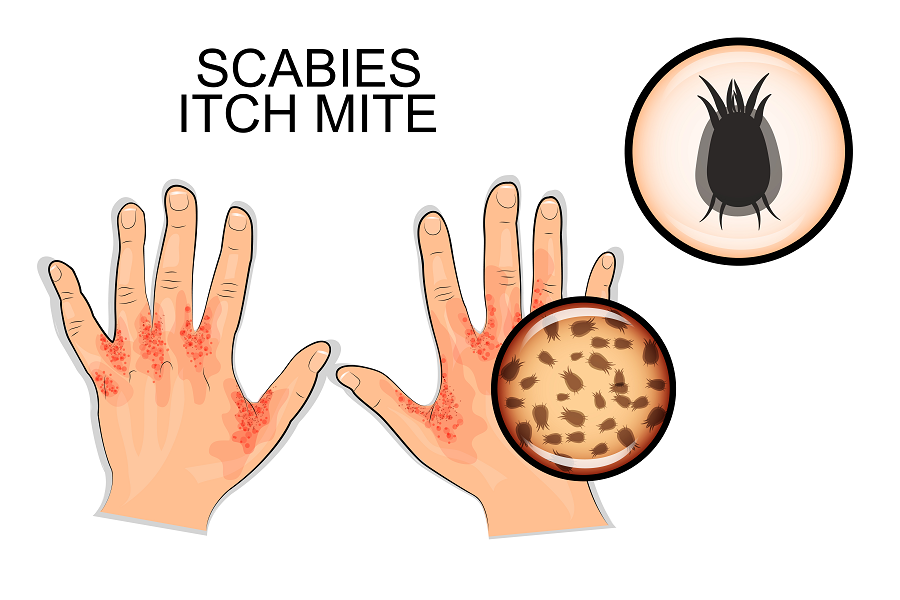Whether you get a rash from an allergic reaction, infection, or weakened immune system, it’s still a rash. In short, a skin rash is an ever-changing abnormality in skin color or texture. Most of the time, rashes are a result of inflammation. However, they can occur for a variety of reasons.
Rashes develop from infections, exposure to heat, allergens, immune system abnormalities, and medications. The most common are allergic skin rashes and autoimmune skin rashes.
The following will cover the two most common forms of rashes, which are allergic skin rashes and autoimmune skin rashes.
Let’s discuss the similarities and differences of these two kinds of rashes, what causes them, and how to treat them. This information will help to be able to identify some important concepts.
Allergic Skin Rashes
Allergic skin rashes are common and often are brought on by a reaction to certain irritants, allergens, climates, or environments.
Signs and symptoms of allergic skin rashes and autoimmune skin rashes are very similar. This is because the inflammation which causes the rash is also the same in each condition.
Common symptoms and signs include itchiness, dry skin, redness, blister-like formations, broken skin, and scaliness.
The following are the most common examples of allergic skin rashes:
Flea or Tick Bites – Itchy, red bumps usually located on exposed areas of the body. Symptoms arise post-bite.
Contact Dermatitis – Appears hours after contact is made with an allergen. Skin becomes itchy, red, and scaly and feels as if it’s been rubbed raw.
Allergic Eczema – Has symptoms similar to dermatitis; however, it typically resembles burn-like patches and white discoloration.
AutoImmune Skin Rashes
These skin rashes are autoimmune in nature, being triggered by your body’s immune system. In general, autoimmune skin rashes occur when the immune system is weakened, compromised, or overactive, whereby it ends up attacking the cells and tissues of the body.
Again, signs and symptoms are like those seen with other rashes with scaly skin and itchiness. You often will see redness and sometimes swelling. Sometimes this can also be painful.
These are some of the most common autoimmune skin rash conditions:
Rosacea – A chronic skin disease that gets its name due to the reddened cheeks that are seen in people with this condition. Symptoms include facial redness and occasional raised bumps that can sometimes be fluid-filled.
Psoriasis – A scaly rash, typically red and metallic in color. Can have symptoms of itchiness, however, is generally asymptomatic.
Lupus – A skin rash related to a larger autoimmune disorder. It can range from rashes to ulcers and affects the body in various ways unrelated to the skin.
Dermatomyositis – One of the more common skin disorders, causing redness, itchiness, pain, and even muscle weakness in more severe cases.
Shingles – A painful, raised rash emerging most commonly on the torso along a dermatome nerve distribution. This is the adult version of the chickenpox virus and is much more severe in symptomatology.
Shingles isn’t actually caused by an autoimmune disorder. However it can sometimes be an indication of an underlying condition that is weakening your immune system. Such as an autoimmune disease.
Other Common Skin Rashes
These are some other common skin rashes that are typically brought on by viruses and infection.
• Measles
• Chickenpox
• Scarlet Fever
• Hand Foot and Mouth Disease
• Fifth Disease
Most of these rashes heal without specific treatment of the rash itself; however, the disease causing the rash often requires other treatment. The rashes can be treated with gentle topical over-the-counter ointments, as well as Tylenol or Ibuprofen.
A Word Of Caution
To the average eye, all rashes are the same. Many feel that rashes are all treatable and non-threatening. Yet, dermatologists understand that not all rashes are created equal, and some cases can be quite complex and dangerous.
Rashes can show up and disappear within hours, change in diameter and color within days, and develop from a minor inconvenience to a major source of concern within minutes. The multiform nature of rashes is what makes them quite intriguing.
Rashes can also be found on any part of the body, and they can be scattered or in blotches.
It’s a good idea to pay more attention to rashes instead of treating them as no big deal. While most rashes aren’t life-threatening, some can develop into something quite serious.
If you experience any of the following symptoms, it’s time to seek the attention of a physician or dermatologist:
1. The rash has caused a fever
2. The rash has spread throughout the body
3. The rash begins to build and blister
4. The rash begins to cause pain
5. The rash begins to look infected
6. The rash is changing colors
Final Thoughts
Skin rashes come in all shapes and sizes and are caused by a variety of different factors. Whether it’s an allergic reaction or an autoimmune phenomenon, skin rashes should be taken seriously and be treated as such.
If you’re unsure of your situation, be sure to seek attention from a qualified physician.



